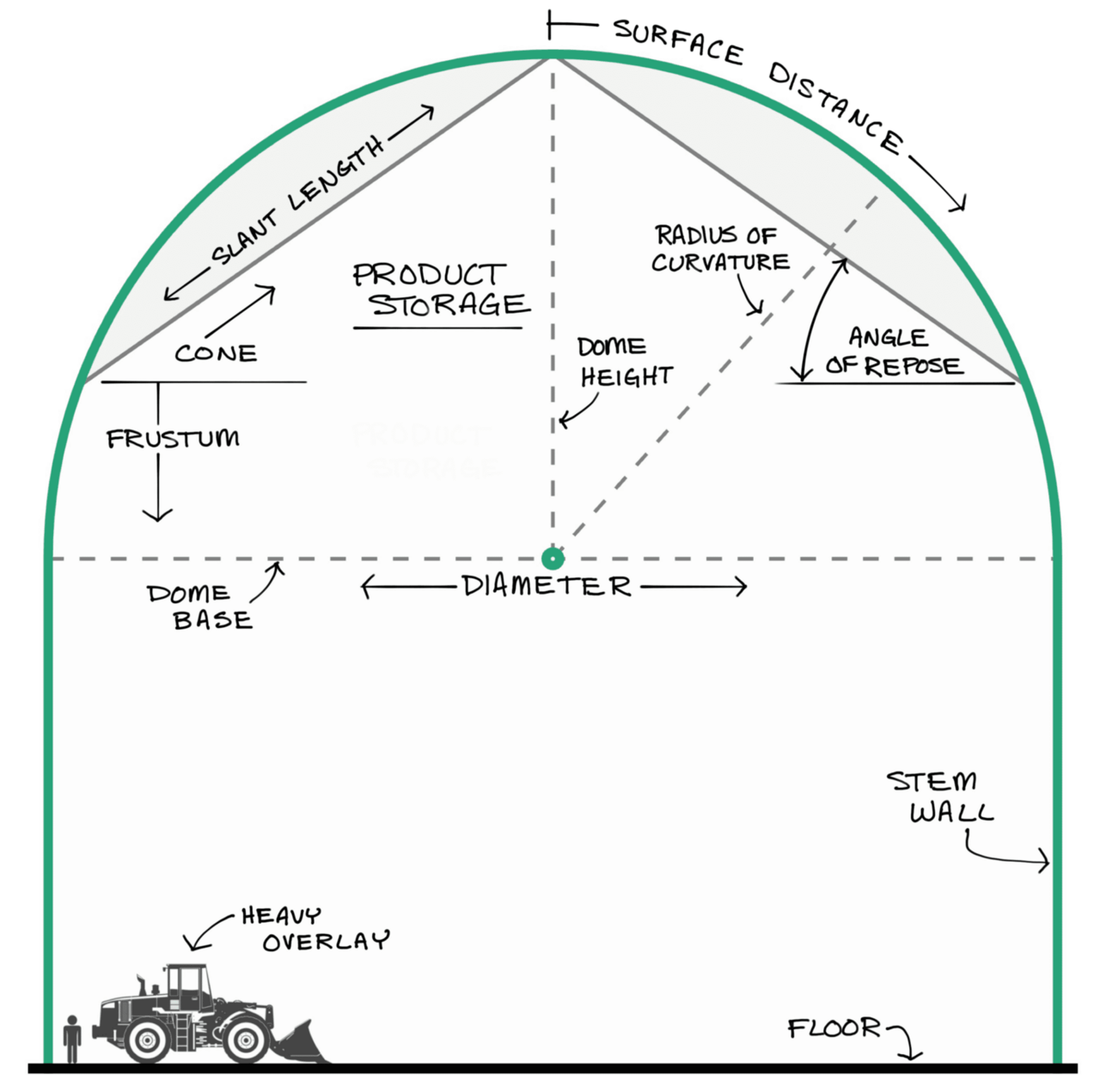

The results I got from the calculator were always "close" but never exactly what I needed - maybe I was just using it wrong. Select Hub Size: Select 'No Hubs' to get the true 'chord' length for each strut, which is the full distance for the strut between each geodesic dome vertex. For most dome construction methods, you will use the 'No Hubs' selection. All of your odd sized bricks will be near the inside of the opening where they will never be seen. Select Hub Size: Select 'No Hubs'to get the true 'chord' length for each strut, which is the full distance for the strut between each geodesic dome vertex. Ex.: a dome requiring 100 struts with bolts 3/4 from the tip requires 100 X 3/4 X 2 150 inches. Just start each row in the back opposite the opening. The formula is: (tip to hole center) X 2 X number of struts. This way if you set the intersection of two bricks in the center of a brick in the row below, all the joints will be staggered.

Also to avoid having vertical joints align I made the lower edge of the inner surface of a brick the same width as the top edge of the inner surface of the row below. If the angle was too steep they were set aside for the next row (which would be steeper) and I would adjust my saw accordingly. I'd fit two bricks and if the angle was not enough I'd just recut them steeper. I found it easier to use my sliding t-bevel to eyeball the angle needed for a vertical edge at the start of a row and then used the square to transfer the angle to my saw table. I did not taper my bricks - Ijust did a bevel to eliminate the inverted vee.

I tried to use it during my build but quickly abandoned it. I'm an engineer so I was excited to find a dome calculator and downloaded it for later use.


 0 kommentar(er)
0 kommentar(er)
